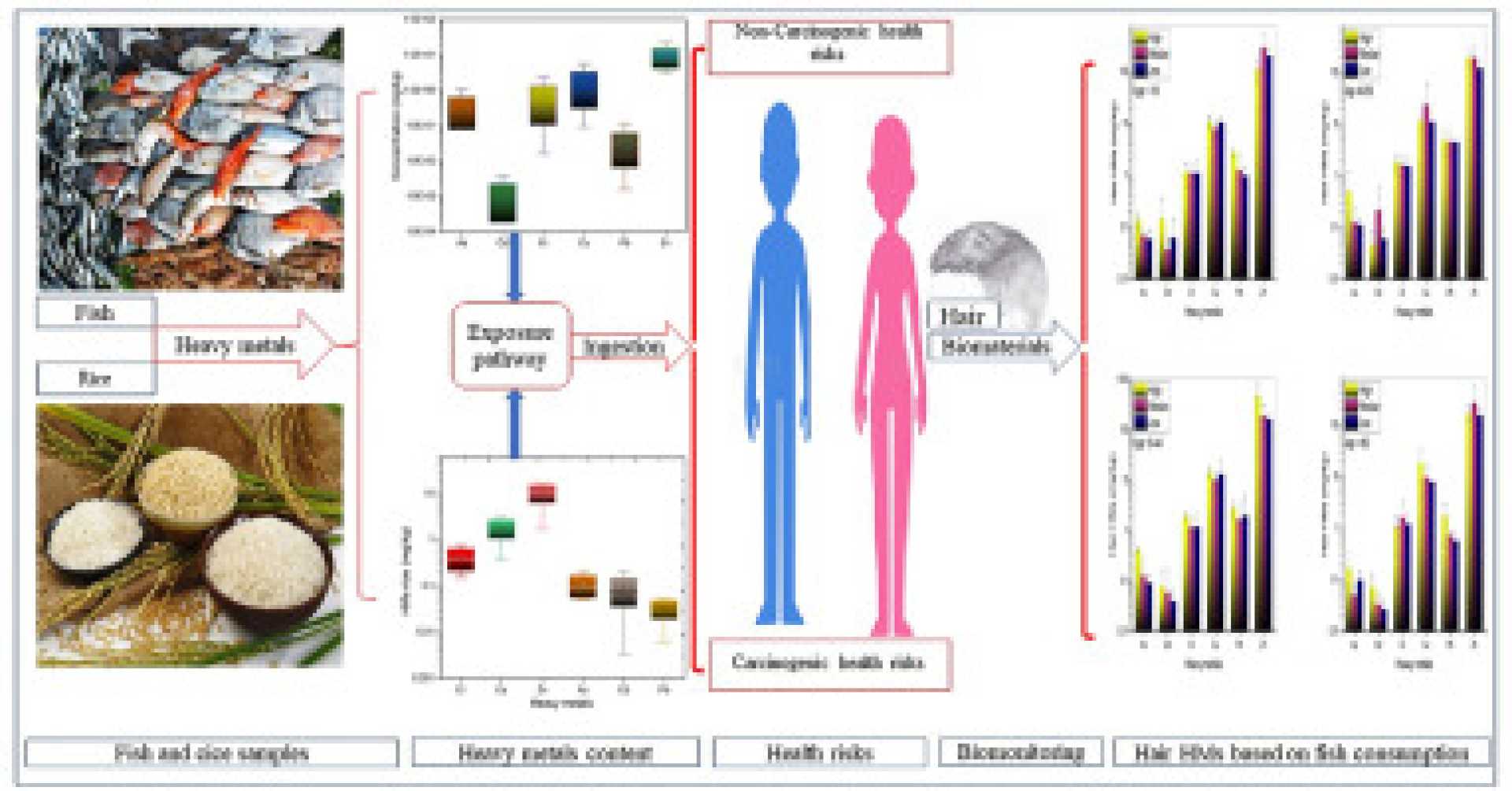Health
Heavy Metals Found in U.S. Store-Bought Rice Pose Health Risks

Washington, D.C. — A new report reveals that store-bought rice in the United States contains alarming levels of heavy metals, such as arsenic and cadmium, posing potential health risks for children and families. The research, conducted by a non-profit organization focusing on toxic chemical exposure, analyzed samples from over 100 different rice brands and found that many exceeded safety limits.
Co-author Jane Houlihan emphasized the seriousness of the issue, stating, “Even at low levels, both arsenic and cadmium have been linked to serious health harms, including diabetes, developmental delays, reproductive toxicity, and heart disease.” She added that young children are particularly vulnerable to these pollutants, with early exposure linked to lower IQ and cognitive issues.
According to the findings released on May 15, 2025, one in four rice samples tested surpassed the limits set by the U.S. Food and Drug Administration (FDA) for inorganic arsenic in infant rice cereals. The FDA established a limit of 100 parts per billion for infant rice cereal, but Houlihan noted that young children often consume rice in forms not captured by this regulation.
“Rice is a more significant source of arsenic for infants aged 0 to 2 years compared to infant rice cereal,” Houlihan explained, stressing the need for stricter regulations on rice consumption.
The USA Rice Federation responded to the report, claiming U.S.-grown rice has the lowest arsenic levels globally. However, Houlihan countered that the report does not support this assertion, as rice alone accounts for approximately 17% of arsenic in the American diet, likely making it the largest individual source.
The report also detailed how arsenic and cadmium are especially harmful, given that cadmium can traverse the placental barrier, leading to potential neurodevelopmental harm.
Rice consumption patterns indicate that Asian children might be particularly at risk, with rice comprising 30.5% of their dietary arsenic exposure for babies aged 0 to 2 years, according to Houlihan. For the Hispanic and Latino demographic, rice accounts for 14% of arsenic exposure, but many families are unaware of the risks involved.
As a way to mitigate arsenic levels, the report advises cooking rice like pasta, using 6 to 10 cups of water per cup of rice and draining the excess after cooking, which can eliminate up to 60% of the arsenic content.
Despite the concerning findings, many providers are not labeling their rice sources, leading to calls for improved industry standards. Andrew Nixon, a spokesperson for the Department of Health and Human Services, acknowledged the importance of addressing heavy metals in the food supply.
Overall, while the report has raised significant concerns over rice safety, it also opened the conversation about food transparency and regulation that is critical for protecting public health.












